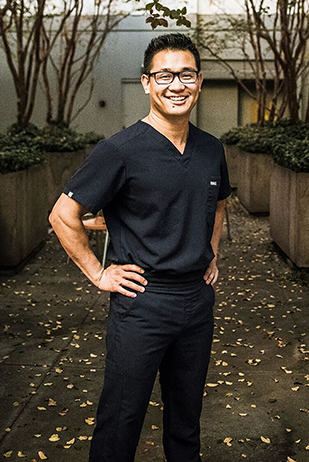
Whistling Over the Cliff
There’s been much talk about compromise among the bickering, partisan Washington camps as the nation blithely heads toward the fiscal cliff. President Obama’s reelection may have only slightly budged the equation of power on Capitol Hill, though, so nobody should presume that it will cease to malfunction anytime soon. There is an equation, however, that can raise revenue, without raising taxes and which has served as the foundation of bipartisan agreement before: whistleblowers.
Thanks to the False Claims Act, the federal government has powerful tools that have enabled it to collect hundreds of billions of dollars in lost revenue. Also known as “Lincoln’s Law,” the False Claims Act was the Great Emancipator’s answer to the rampant corruption among unscrupulous defense contractors during the Civil War.
What made the False Claims Act unique though was the all-important quit tam provision, which permitted private citizens to sue on behalf of the government and get paid a percentage of the recovery. (Qui tam is an abbreviated form of the Latin legal phrase qui tam pro domino rege quam pro se ipso in hac parte sequitur, or “He who brings a case on behalf of our lord the King, as well as for himself.”) In a sense, the False Claims Act fights fire with fire by harnessing the profit incentives of ordinary Americans to corral the profit-at-any-cost impulses of cheats.
Fast forward a century later to 1986 when two lawmakers from across the aisle — conservative Sen. Charles Grassley (R-Iowa) and liberal Congressman Howard Berman (D-Calif.) — collaborated in reviving the act that had lain somewhat dormant for decades. President Ronald Reagan signed the act’s new provisions into law, and it has been a powerful tool in the Justice Department’s arsenal once again since.
Recent legislation, including the Whistleblower Protection Act of 1989, Sarbanes-Oxley, and the Patient Protection Affordable Care Act, have also bolstered whistleblower protections. Moreover Congress has created a tax whistleblower regime, as well as a securities fraud whistleblower regime, which was established as part of Dodd Frank.
So as it turns out, whistleblowing has a proud history in America of making the government significant sums of money in a very bipartisan fashion.
So, everybody should and does embrace whistleblowers right? Well, not so fast. Unfortunately, there are those who challenge the whole notion of deputized, private citizens pursuing fraudsters for profit.
I happen to have a unique perspective on this topic because I am a multi-time successful federal whistleblower. I am also a felon — I had a pathological gambling addiction that led me to engage in a white collar crime to service my addiction. So, in my life, I have been both a rule breaker and a rule follower. I understand that good people can make bad decisions and do bad things. What I have a difficult time understanding, however, is the vastly different reactions from friends and associates to my felony versus my whistleblowing.
Before I went to prison, I was featured on TV’s Dateline NBC about my crime and gambling addiction. Harper Collins published my memoir. People were fascinated — even impressed — by the huge sums of money I squandered. To the contrary, the general reaction to my whistleblowing on health care fraud has been silence, even scorn.
Somebody else who knows exactly what I’m referring to is Bradley Birkenfeld, who, like me, served time in prison for his own misdeeds. He recently received a reward of $100 million for his work in exposing the biggest tax fraud in history. Hero? The Wall Street Journal lambasted him in an article headlined “From Snitch To Rich.” The New York Post called him the “$40M Snitch.”
Our nation still faces multi-trillion dollar deficits and is on the road to insolvency. Now would be a good time to look at how fraud and greed in the mortgage, financial and health care industries, among others, not only helped create the last financial crisis, but cost U.S. taxpayers hundreds of billions of dollars every year still.
This is not a partisan issue. It is not about capitalism versus socialism, rich versus poor. It is about combining the rule of law with fiscal sanity. Hopefully, we can all agree on that.
Minimally, at least both sides can pretend to get along and universally embrace whistleblowing. Like Lester Siegel’s character remarked in the hit movie, Argo: “If I’m going to make a fake movie, it’s going to be a fake hit.”
Original Article



















